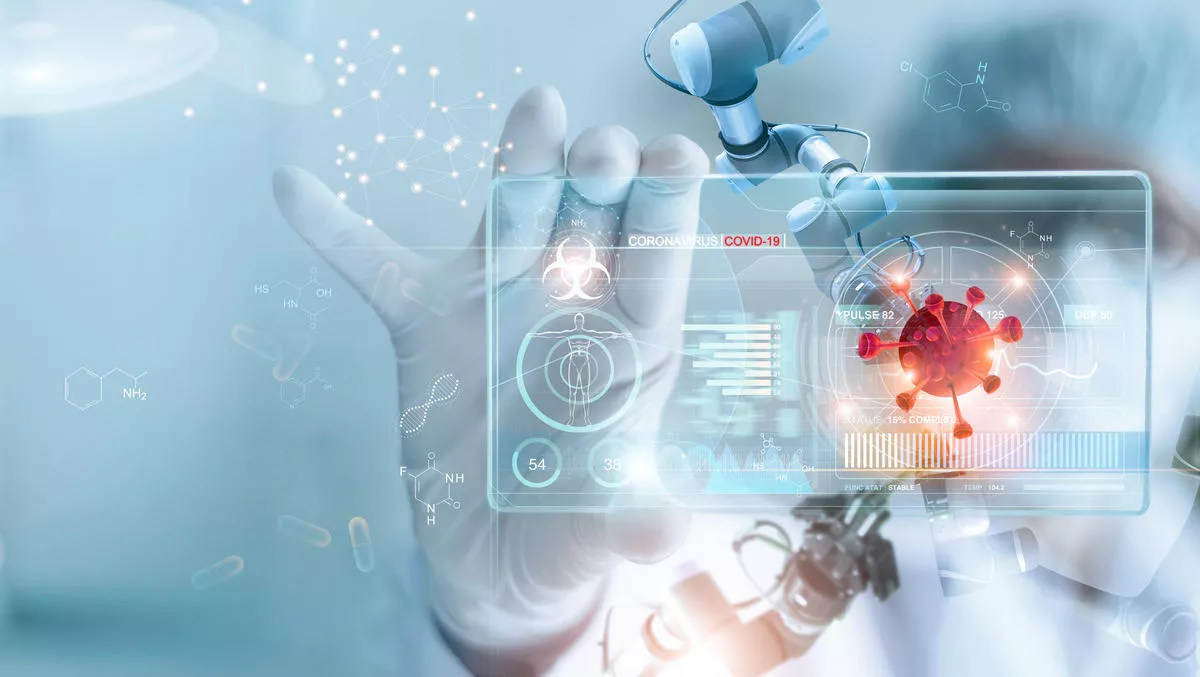
IDTechEx: the role of emerging tech in fighting COVID-19
Details on the roles that emerging technologies have played in the face of the COVID-19 pandemic throughout 2020 have been released by IdTechEx.
Artificial intelligence
With results needed at an unprecedented scale in a limited time, diagnostic approaches were explored to quickly diagnose COVID-19 patients.
The lungs of patients with COVID-19 have certain visual hallmarks such as ground-glass opacities and areas of increased density, both of which can be detected using CT and x-ray imaging.
To further speed up this process, companies developing artificial intelligence solutions for the detection of respiratory diseases quickly tailored their software to differentiate COVID-19 from other respiratory infections, decreasing image analysis time to the matter of seconds.
Digital health services
In order to prepare for the oncoming surge in COVID-19 patients and to prevent the spread of COVID-19 between patients in healthcare settings, healthcare systems around the world halted provision of "non-urgent" doctor visits, which extends to everything from cardiac patients to cancer treatments.
This, combined with the public's concern and confusion around COVID-19 diagnosis, caused a huge increase in demand for digital health services.
Doctors around the world quickly switched to delivering care through digital channels such as video links and apps.
Remote monitoring
Digital health solutions were also in high demand on the COVID-19 front line.
Whilst huge new volumes of personal protective equipment were produced and distributed, digital solutions also had an increasing part to play here.
Remote patient monitoring devices were deployed to monitor patient vital signs from a distance, allowing for a significant reduction in close contact between patients and healthcare workers.
Solutions for this have been developed over the past 5-10 years and many were far from widespread use but saw a level of uptake in just a few months that would require several years of work and tens of millions of dollars in investment.
The impact from these mitigation techniques has been significant both in terms of acute trends related to many of these product areas, but also in the longer-term mindset and outlook for many sectors.
However, the attention of the world quickly turned to a safe reopening of services post-lockdown.
Wearables
Over the past decade of covering wearables, IDTechEx had been tracking an increasing adoption of healthcare-related sensors into traditionally "consumer" smartwatches and other consumer electronic devices.
This trend has further accelerated in 2020, where emerging sensors such as those for SpO2 and temperature are being tested as a means of monitoring early symptoms of COVID-19.
Wearables have also been explored by countries as a means of contact tracing and safe reopening.
Of course, maintaining good cardiovascular health remains one of the best ways to mitigate the worst of COVID-19 symptoms, and whilst this is not an acute solution in the short term, there has been a clear movement towards general health and wellness, including the personal electronic devices which help to promote this.
Synthetic biology
It is almost impossible to imagine a resolution to the pandemic without a vaccine.
Over 2020, scientists have been working at breakneck speed to develop a safe and effective vaccine against SARS-CoV-2 and have made significant progress by the end of the year. Several of the leading candidates leverage a new vaccine technology, based on synthetically produced mRNA.
This has been a revolutionary technology that has accelerated vaccine development, and the ongoing clinical trials in COVID-19 suggest they will have a large role to play in the future beyond the current pandemic.
Conclusion
2020 has been a historic year for many reasons, but throughout the COVID-19 pandemic, technology solutions have time and again come to the fore as critical parts of the global response.
Looking into the future, the progress of these technologies over time will be vital to moving on from the disruption, and in improving the ways in which our societies and systems deal with similar challenges in the future.

